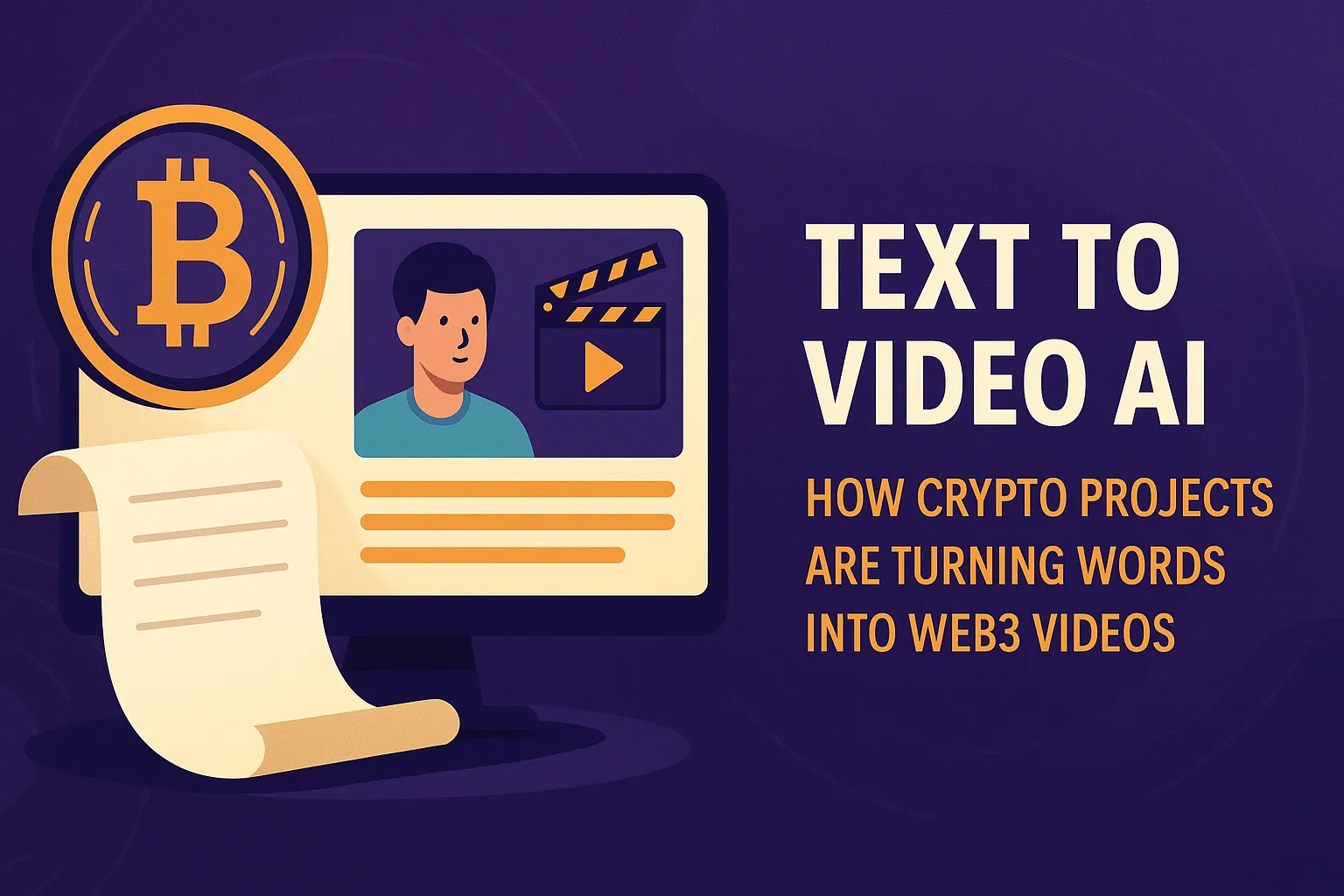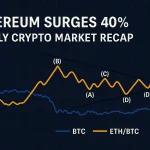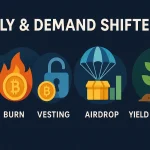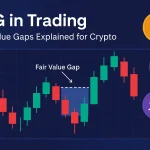Text to Video AI for Crypto: Automate NFT & DAO Videos
Text to Video AI: Crypto Projects Turn Words into Web3 Videos
The most precious thing in the crypto world is attention. Whitepapers go unread, tokenomics is overlooked, and Twitter threads are gone in seconds. But videos? They stay. And with text-to-video AI technology now, Web3 teams can just type out a text prompt to create explainer videos, NFT teasers, or DAO proposal summaries with ease.
Goodbye to studios, cameras, and editors. With AI, it is possible now to convert a piece of text into a brief video with voiceovers, graphics, and motion—all ready to be minted, shared, or embedded within your dApp. It is scalable, fast, and impressively effective. For crypto businesspeople, DAO administrators, and NFT promoters, this is a liberating new device.
Table of Contents
- What Is Text to Video AI?
- Why It’s a Big Deal for Web3
- Crypto Use Cases: From DAO Videos to NFT Trailers
- Leading Tools Worth Exploring
- Real-World Tips from the Field
- Challenges You Shouldn’t Ignore
- Where It’s All Headed
- FAQ
What Is Text to Video AI?
AI to video is exactly what it sounds like: you present the AI with a prompt or script, and it generates a video. Some websites produce slide-style videos with voiceover narration, but others produce full-blown visual environments, even animated avatars. For Web3, that translates into individual creators or DAO members being able to deploy high-quality videos without needing technical know-how or large production teams.
Why It’s a Big Deal for Web3
Most crypto content is too technical or boring to onboard new users or galvanize communities. Text-to-video AI makes it easy to transcend this challenge by allowing fast communication, shortening production time, and duplicating content across multiple sites. It also boosts important engagement metrics like time on site, backlinks, social shares, and user retention.
Crypto Use Cases: From DAO Videos to NFT Trailers
These are some of the ways in which Web3 developers are currently applying text-to-video AI:
- DAO Summaries: Turn lengthy governance proposals into concise 1-minute videos to display on Discord or X.
- NFT Promotions: Turn lore, roadmaps, or character descriptions into cinematic teaser videos.
- DeFi Explainers: Use imagery to make things like liquidity pools, staking, or bridging more accessible.
- Token Launches: Build hype through animated videos showing token metrics and supply data.
Here is a quick summary on common use cases:
| Use Case | Example Output |
|---|---|
| NFT Launch | Animated trailer with lore + mint date |
| DAO Proposal | 1-minute video summary with bullet points |
| Crypto Education | Explainer video: “How Staking Works” |
| Token Launch | Promo video with supply & roadmap graphics |
Leading Tools Worth Exploring
While most generic AI platforms are up to the challenge, there are some favorites that are beginning to emerge as particularly well-suited for crypto teams:
- Pika Labs: Best for innovative, Web3-inspired visual content
- Runway ML: Best for customized motion graphics and artistic videos
- ColossusAI: Blends AI video creation with NFT minting features
- D-ID + Moralis: Creates speaking avatars with blockchain data integration
- Synthesia: Best for onboarding, tutorials, or internal explainer videos
Real-World Tips from the Field
- Keep videos short—ideally 30 to 60 seconds for higher engagement.
- Experiment with voice options—quality of AI voice varies significantly.
- Provide clear directions, especially for complex crypto concepts.
- Always employ subtitles—especially for mobile readers or multilingual viewers.
- Be brand-consistent with logos, fonts, and colors.
Challenges You Shouldn’t Ignore
While strong, text-to-video AI is not flawless. Its accuracy sometimes breaks down, especially with crypto-specific jargon like “staking yield” or “gas fees.” Voice outputs can sound robotic unless carefully calibrated. Additionally, native blockchain capabilities—like wallet integration or decentralized storage—are not yet supported.
Where It’s All Headed
We’re only beginning to explore this technology’s potential. Future developments may include:
- On-chain video verification and minting
- Wallet-personalized video content
- Fully autonomous AI agents generating real-time crypto updates
Adopting these tools early will give Web3 projects a competitive advantage—not just because their content will look better, but because they’ll be able to tell their story at scale, around the clock.
FAQ
What is text-to-video AI?
An AI platform that converts written scripts or prompts into videos made up of images, voiceovers, and animations – without editing or cameras.
Can crypto projects implement text-to-video AI effectively?
Yes. Some examples of use cases include DAO proposals, tokenomics summaries, NFT promotions, and DeFi how-to guides.
What tools can crypto teams leverage effectively?
Flexibility and quality come from Pika Labs and Runway ML. For blockchain data-backed avatar videos, D-ID with Moralis is an appropriate choice.
Can I mint these videos as NFTs?
Not natively on most platforms yet, but you can export the videos and manually mint them on websites like Zora, Manifold, or Foundation.
Does adding videos improve SEO rankings?
Yes. User engagement and time on page, key ranking factors, are both increased by videos. Transcript embedding and schema markup can provide an added visibility increase
➔ Post created by Robert AI Team




